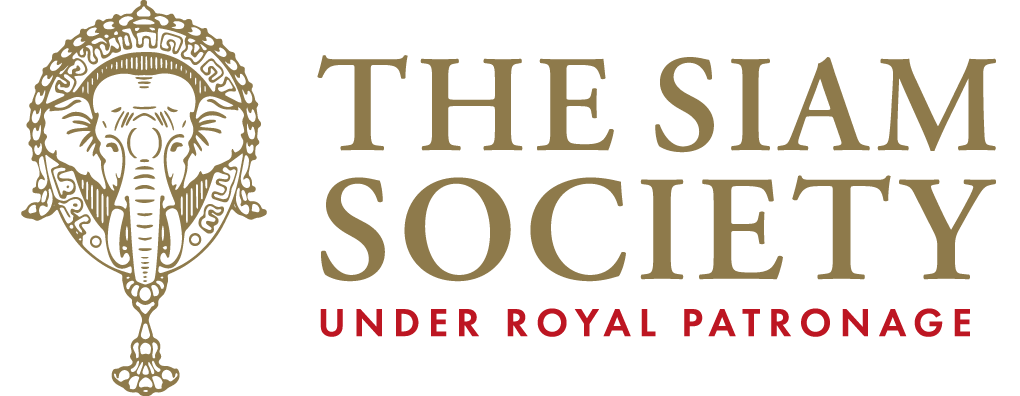Thailand’s Flora From Past to Present — at the Crossroad
Between Tropical and Himalayan Biota
SPECIAL LECTURE IN COLLABORATION WITH THE EMBASSY OF DENMARK

Like all other floras, that of Thailand is the result of a long evolutionary process, starting in the Jurassic some 200 million years ago and expanding enormously during the Cretaceous, 145 to 66 million years ago. Since then, the World’s flora has evolved on tectonic plates that moved over the crust of the Earth. The collision of the Indian and Eurasian tectonic plates caused the rise of the Himalayas, whereas the southern tip of the Eurasian plate developed tropical ecosystems along the equatorial line. This means that Thailand now lies at the crossroad of tropical biotas in the south and Himalayan biotas to the north. The current flora of Thailand, as a consequence, is composed of tropical elements in the southern part of the country and Himalayan elements in the north of the country. The current plant diversity of Thailand is estimated at about 11,000 species, and it is documented in the almost finished multi-volume and multi-authored Flora of Thailand. These many species constitute an enormous genetic resource to the country. There are many actual and potential uses of the Thai flora. A recent study documented over 2000 medicinal plant species used by rural and indigenous people in Thailand. Many of them have the potential to be developed into industrial drugs. The flora of Thailand is threatened by deforestation and expanding agricultural frontiers, but it is protected in a very well-established network of national parks, wildlife sanctuaries, non-hunting areas, and forest parks.
About the speaker
Professor emeritus, PhD Henrik Balslev of Aarhus University, Denmark, worked in Latin America and Thailand and published over 300 research papers on plant systematics, ethnobotany, and ecology in projects funded by the Danish Research Council, Danida, EU, and Carlsberg Foundation. His project on the harvest of wild palms in the Amazon basin involved 24 months of field work along the Amazon River. Recent work in Thailand, focused on the production of a written Flora of Thailand, is funded by the Carlsberg Foundation. He has trained numerous researchers from the third world, in parallel to supervising Danish MSc and PhD students. He is currently visiting professor at Chiang Mai University.
Date and time:
Tuesday, 4 November 2025 at 19:00
